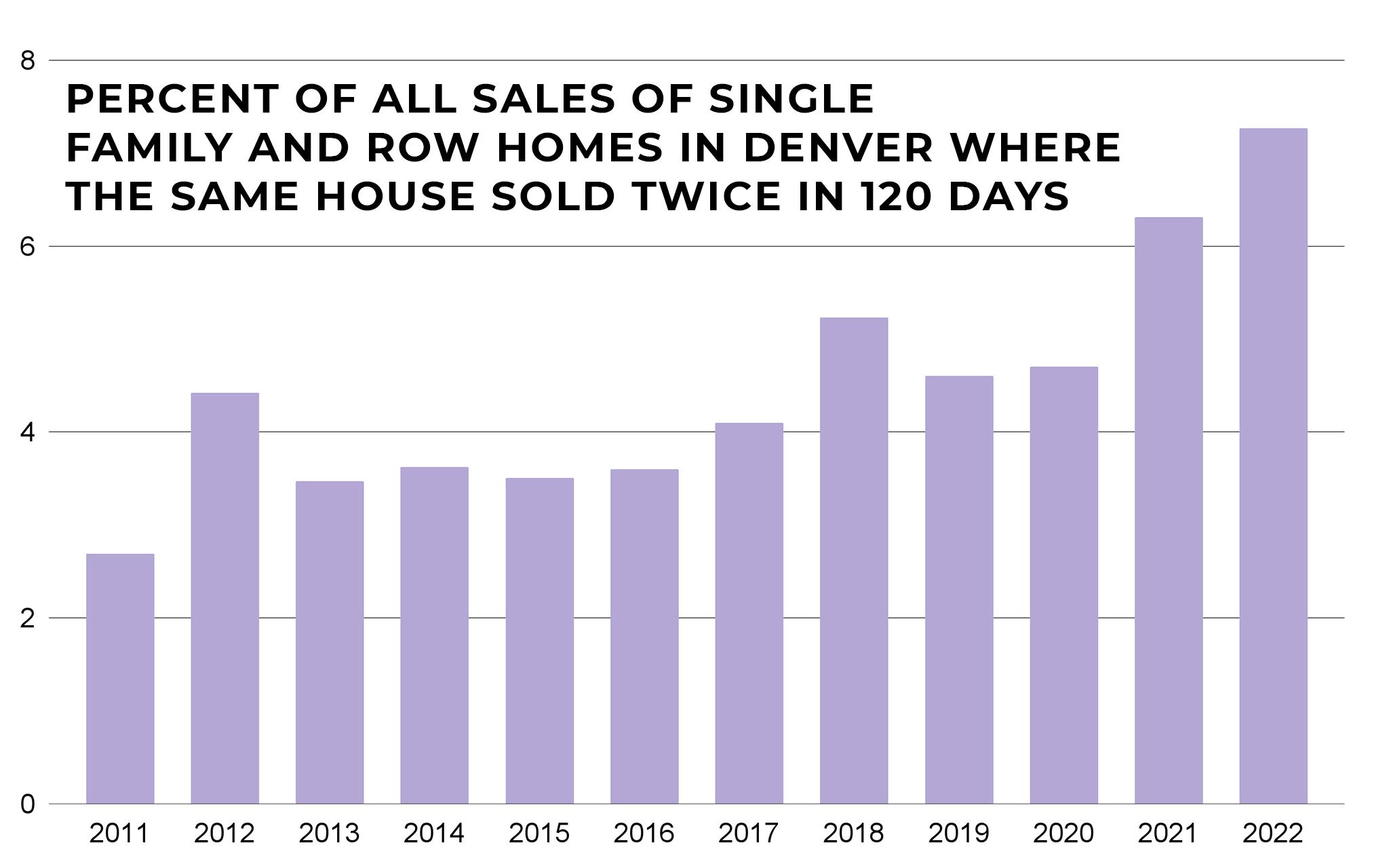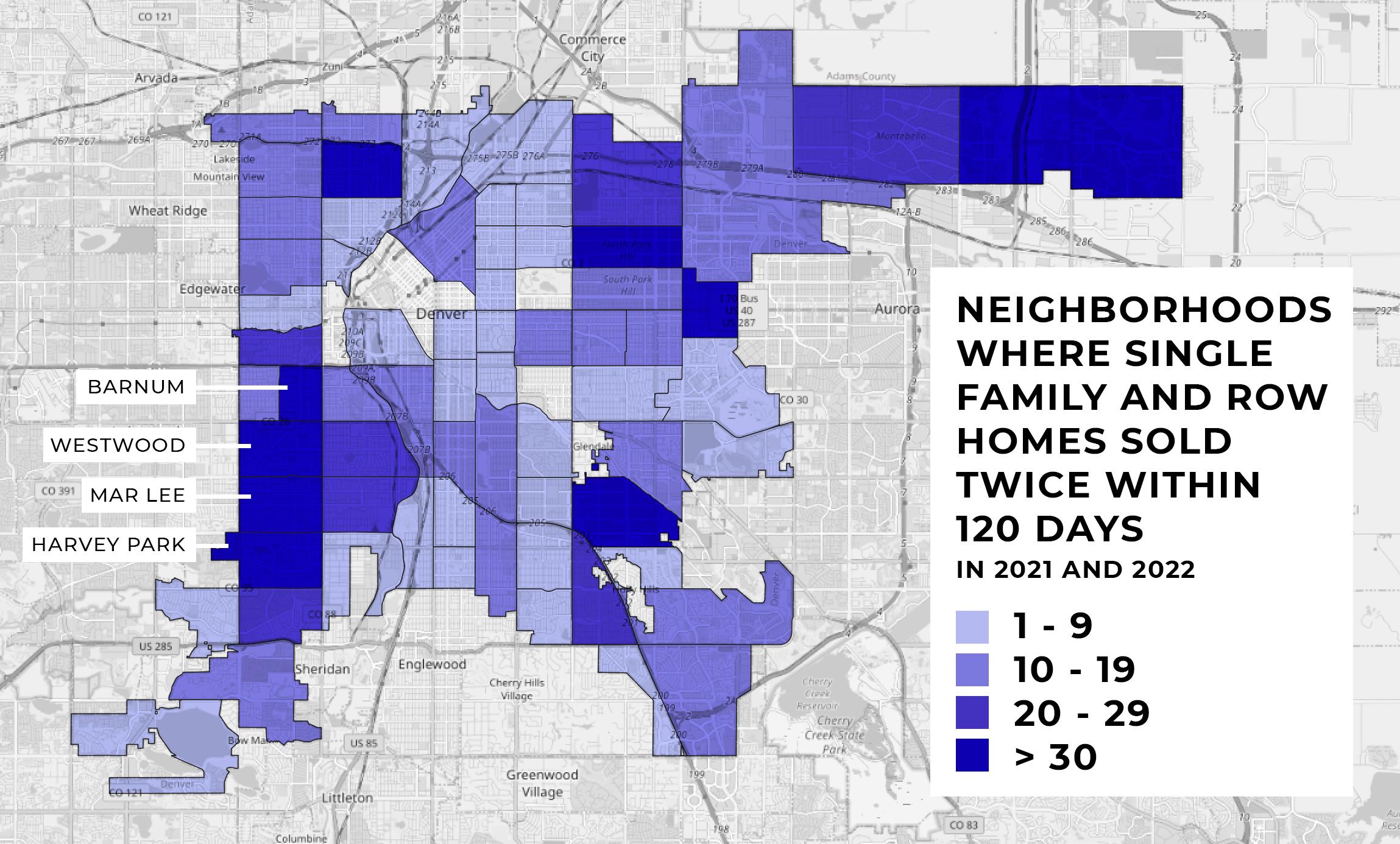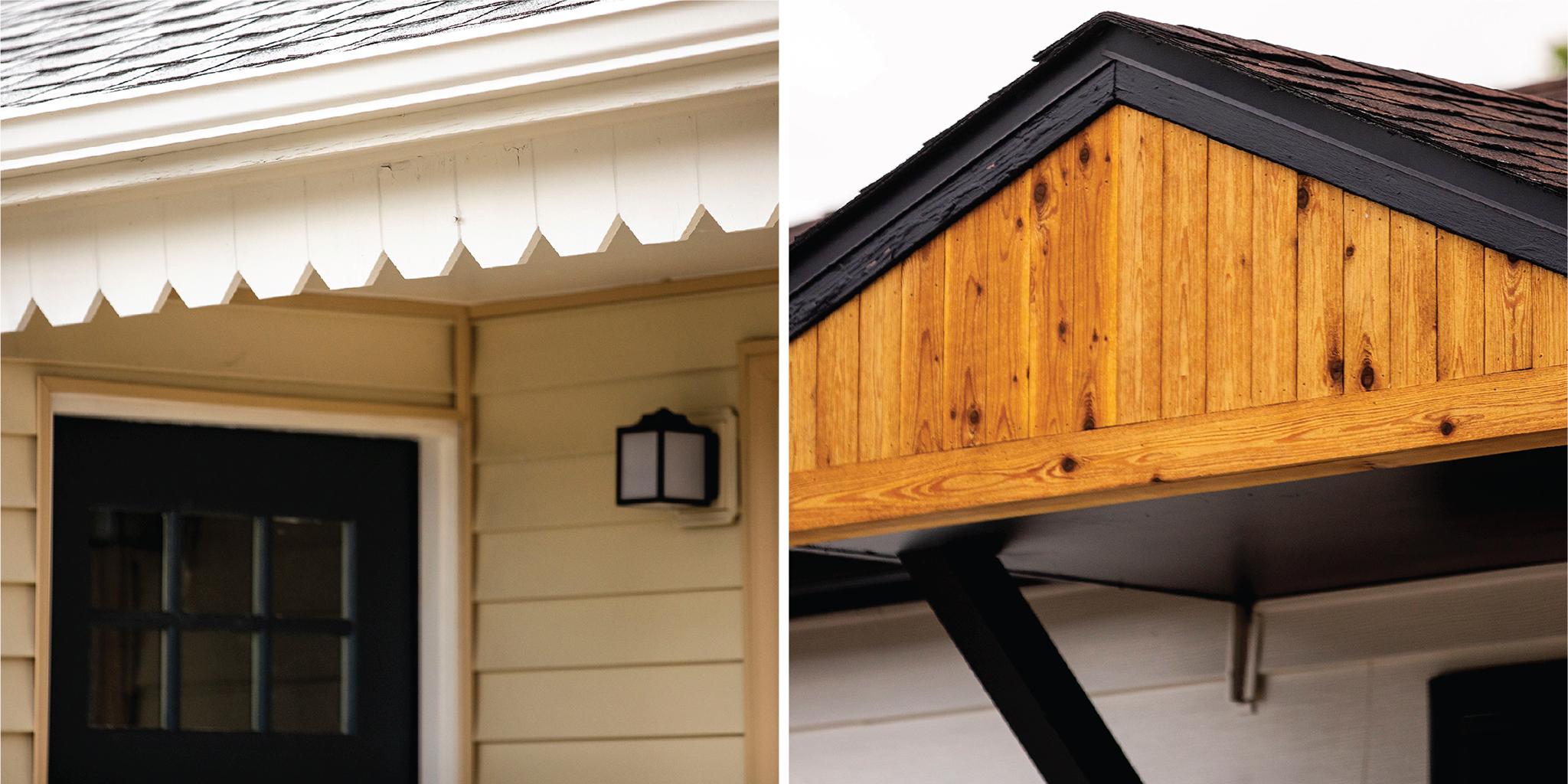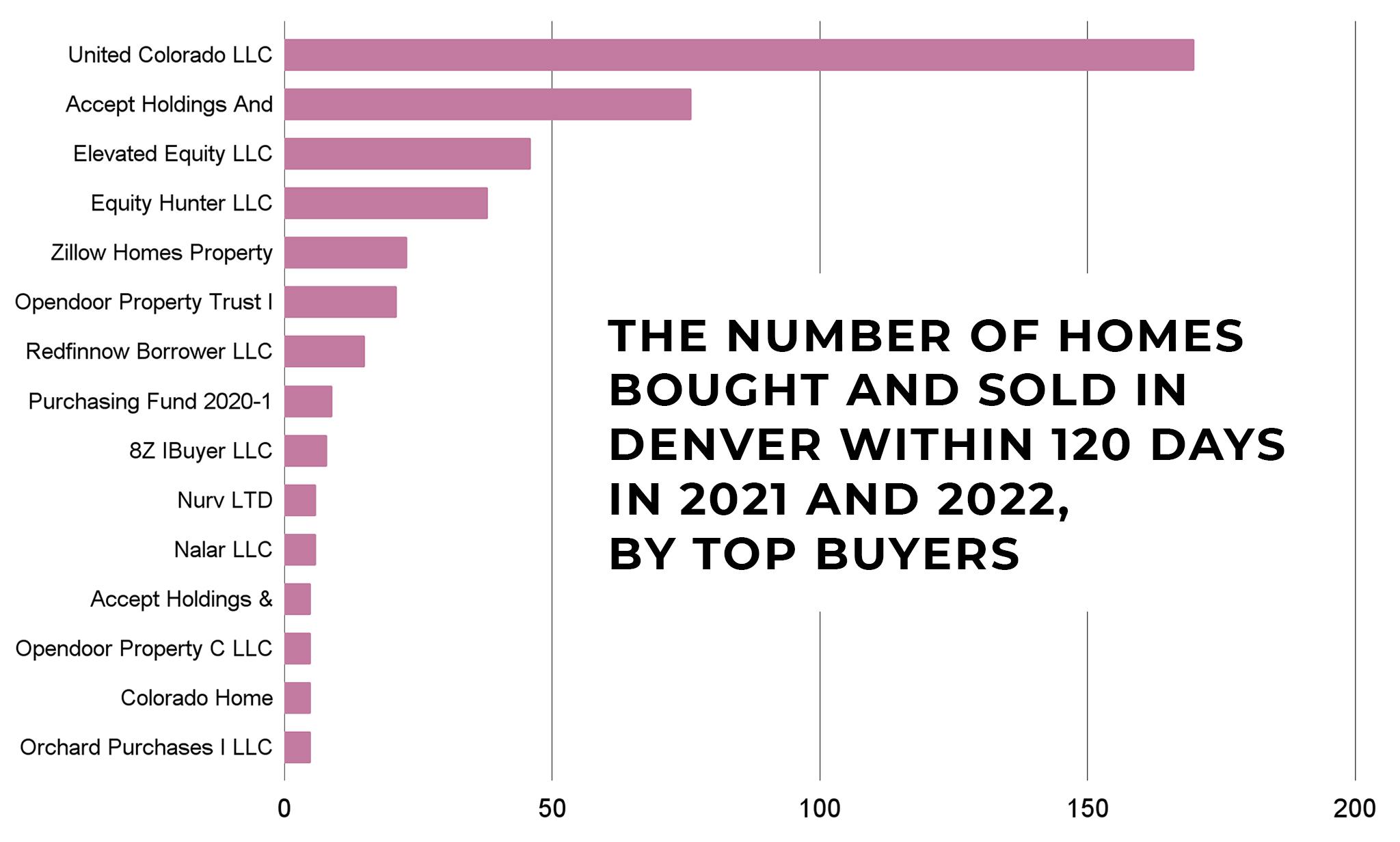If you live in southwest Denver and it seems like your neighborhood is changing, you might be onto something.
We crunched the city's property sales data to tally which single family homes and rowhouses sold twice within 120 days, going back to 2011. There were more of these quick-turnaround sales in 2021 than any other year during this timeframe. While there were also more homes sold overall in 2021, the proportion of these quick sales was still highest last year compared to the rest of the decade. (2022 so far is even higher, but the year isn't over yet.)

These sales in that timeframe added an average of $89,000 to homes' values between the the two transactions, some in as little as a few months. Mar Lee, Barnum, Westwood and Harvey Park saw a whole lot of these deals since 2021, which tacked on an average of $55,000 to each property.

Matt Leprino, a realtor and the spokesperson for the Colorado Association of Realtors, told us the 120-day threshold in our analysis is probably a good metric to think about flips - meaning someone bought a home, fixed it up and sold it for a profit - though he pointed out this method definitely includes transactions where no improvements were made.
Still, we visited five homes in Mar Lee that recently sold twice, and every one of them was recently revamped. Four out of those five had exterior upgrades that were so noticeable they stuck out from the surrounding neighborhood. They each had modern-looking doors and shutters, new concrete, new paint and often fancy video doorbells. The owner of the fifth, which didn't stick out so much, said his place underwent some modest interior improvements before he bought it.

Four out of the five houses we visited had new residents; the last was still up for sale. Each of the new residents were in their 20s or 30s and said they felt they were in the minority, as far as their ages, in an area where a lot of their neighbors have stayed put for decades.
"Everyone's older, for sure, except for the few of us who moved in recently," Sarah Morasso, who moved into the neighborhood with her boyfriend last March, told us.
Despite the age gap, she said she's felt embraced on her block.
Morasso said rising rent prices made it necessary to leave West Highland, her old neighborhood. She ended up on her new Utica Street home because she could afford it, and because it wasn't swept up in Denver's usual fervor. The house sat on the market for a few weeks and she didn't have to compete with dozens of other buyers.
Though the price was right, it's not lost on her that she may be part of an increasingly expensive market.
"We definitely feel bad for pricing up, and we didn't intentionally do that," she said, "but it was the only place we could afford."

Rising home costs and displacement in places like Highland and Berkeley have been major issues for a long while in Denver, and neighborhood advocates in Westwood have concerns it might happen there. But Morasso said her neighbors aren't so unsettled. The guy who lives next door, she told us, has owned his house for a long time, has no plans to move and doesn't mind seeing some investment. They've talked about how depressed the block became after the 2008 financial crash.
Likewise, Roxanne Solano, who lives next to a recently flipped home a half mile south, said she's not worried she'll somehow become an outsider in a neighborhood where she's lived for thirty years.
"I've been here before all of them, so no," she said. "I'm just worried for people who are really out there trying to buy something and can't afford it."
These upgrades have put cash in a lot of of speculators' pockets.
Buyers who profited off quick sales were mostly companies and equity firms, none of whom spoke to us when we called them. United Colorado, a local branch of the "sell your house for cash" company HomeGo, brought in $8.8 million over 170 properties they bought and sold quickly in the last year and a half. Redfin, Zillow, Opendoor and Orchard - four iBuyer companies that facilitate online sales - earned a combined $2.7 million through 98 properties.

Nick Sly, an economist at the Kansas City Federal Reserve's Denver branch, said this flip trend is reflected in other economic metrics. In Colorado, sales of construction materials, contractor employment and other spending on homes were on the rise in recent years. In a city that hasn't added enough new houses to keep up with demand, investors poured money into existing properties instead.
Sly said rising home prices and residential investment will likely slow down in Denver, in part due to higher interest rates his organization has pushed to stem inflation. Some are worried prices might begin to fall too quickly, especially in western cities where home values ramped up during COVID, which would be bad for people who bought in when the market was sizzling. But both Sly and Leprino said Denver probably won't lurch off a cliff.
"This is where Colorado differs a little bit from other parts of the country, particularly the coasts. We're still getting some in-migration from workers that is adding to the demand for housing. We're still under-built from the amount of migration we've had over the past decade, so that's a real issue," Sly told us. "There are some persistent drivers, and I expect those pressures to remain at least right through the medium term."
Leprino said areas like Mar Lee and Westwood may have been attractive to investors in the last few years because the hot market, plus inflation, locked them out of more expensive parts of town. Even as the market cools, there's probably still room for flips in neighborhoods that look like they did when they were erected decades ago.












